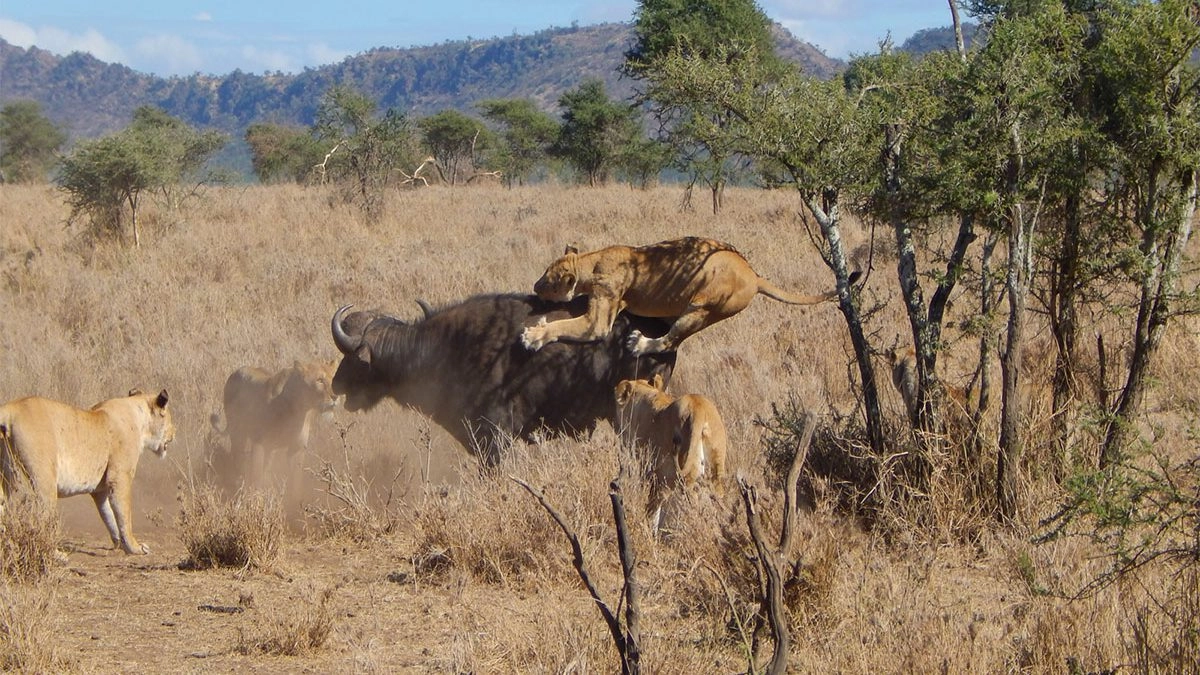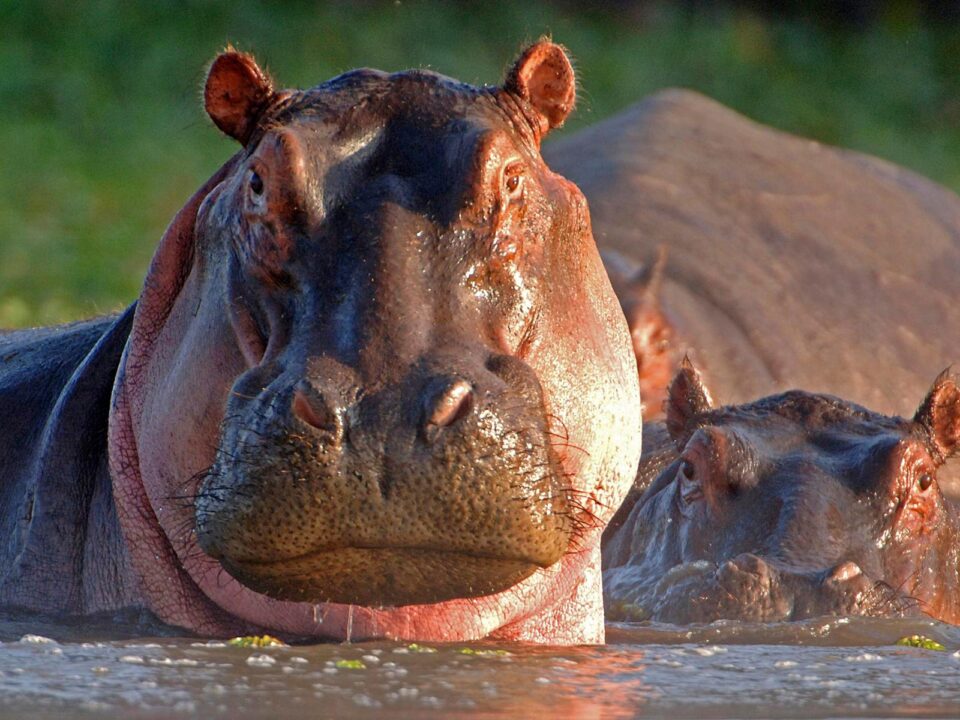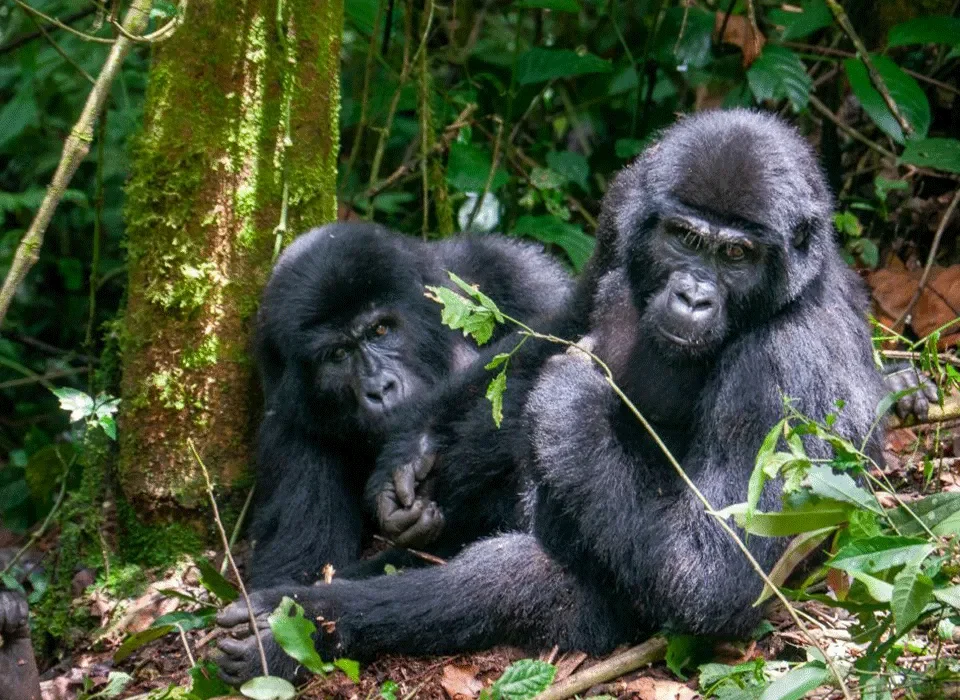Turner Springs at Serengeti in Tanzania

Flying Helicopter Rwanda Gorilla Safaris
December 4, 2023
Uganda budget Gorilla Tracking Safari via Kigali
December 4, 2023Turner Springs Serengeti Tanzania – Unveiling the Majesty of Big Five Safaris
Nestled at the heart of Central Serengeti, Turner Springs stands as a testament to the untamed beauty and wilderness that defines this renowned national park in Tanzania. This hidden gem is situated in a remote and isolated location, adorned with thickets of bushes and acacia trees. The springs themselves, while elusive and challenging to spot, play a pivotal role during the dry season, acting as a magnetic force for wildlife in need of water.
Named after Myles Turner, the chief game warden from 1956 to 1972, these springs owe their preservation to Turner’s relentless anti-poaching efforts. During this era, poaching inflicted severe damage on elephants and rhinos across Africa, including Tanzania. Positive change began with the global ban on the ivory trade. The elephant population gradually rebounded, with some migrating from neighboring Kenya. The Turners Springs track, starting from Seronera and spanning 8 km eastward, cuts through acacia woodlands and open areas, creating a captivating game drive experience.
This track offers splendid wildlife sightings, featuring large groups of giraffes gracefully browsing in the acacia woods, herds of buffalos, and elusive leopards peering from the acacia trees. However, the true protagonists of this landscape are the three lion prides that call this 15 km diameter area home. Studied by the Serengeti Lion Project for years, these lions contribute to the awe-inspiring encounters visitors experience on a game drive in this region.
Turner’s Spring, a crucial watering hole during the dry season, becomes a wildlife haven as animals flock to it due to the scarcity of water in the park. In contrast, the green season sees fewer animals, and the muddy, challenging road makes exploration more difficult.
Serengeti National Park Overview
Established in 1952, the Serengeti National Park in Tanzania boasts the most spectacular wildlife spectacle on Earth—the great migration of wildebeest and zebra. Beyond this grand migration, the park is home to a resident population of lion, cheetah, elephant, giraffe, and a diverse array of birds. Covering an expansive 5,700 square miles (14,763 sq km), larger than Connecticut, the Serengeti offers diverse accommodations ranging from luxury lodges to mobile camps.
Divided into three sections, the southern/central part (Seronera Valley) is the iconic savannah landscape, dotted with acacias and teeming with wildlife. The western corridor, marked by the Grumeti River, showcases more forests and dense bush. The north, Lobo area, connects with Kenya’s Masai Mara Reserve and is the least visited section.
The Serengeti ecosystem, a UNESCO World Heritage Site and Biosphere Reserve, has fascinated writers, filmmakers, photographers, and scientists for its unique and ancient features. The ecosystem’s climate, vegetation, and fauna have experienced minimal change over the past million years.
The renowned migration, where over a million wildebeest and about 200,000 zebras navigate their way through various parks and reserves, is a spectacle deeply embedded in the Serengeti’s identity. Join us to explore the diverse vegetation and landscapes of the Serengeti ecosystem and encounter its captivating inhabitants.
Consider enhancing your African safari experience with other popular destinations like gorilla trekking safaris in Uganda and Rwanda or hiking the active Nyiragongo volcano in DR Congo. For tailor-made safari itineraries, contact Trek Africa Expeditions for more information.




